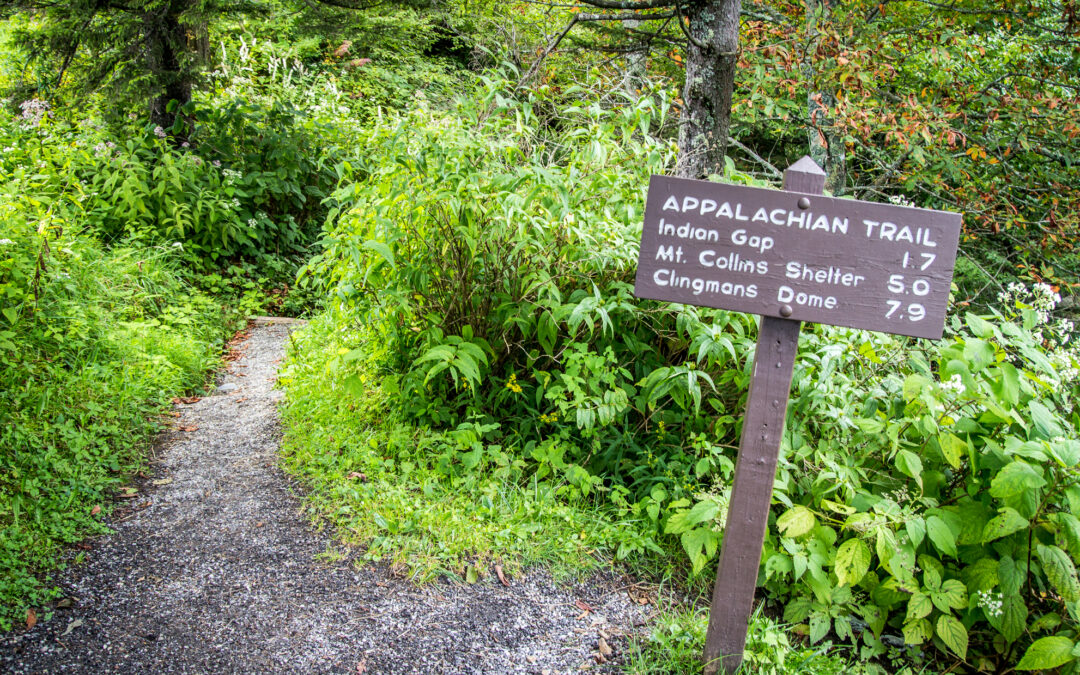World’s Longest Hiking Trail Offers Something for Almost Everyone
Spanning nearly 2,200 miles, from its southernmost path on Springer Mountain in Georgia to the verdant forests of Mount Katahdin in Maine, the Appalachian Trail cuts through 14 states, offering a bird’s eye view of America. First conceived in the early 1920s, it was initially intended to connect farms and work camps, with hiking as a mere afterthought. Now run by the National Park Service, the A.T. annually accommodates about three million hikers, the vast majority of whom spend a few hours or a few days. Park officials estimate that a little less than a thousand people actually complete a “thru-hike” in any given year, traversing the trail from one end to the other. A few even do what has been coined a “yo-yo,” hiking from one end to the other and then hiking back to their starting point.
Some Frequently Asked Questions about the Appalachian Trail
Q: Are there any costs involved in hiking the trail?
A: There is no charge to hike the trail. If you stay overnight, you may have to pay campsite fees or may be required have a backcountry permit—these are typically required in the Great Smoky Mountains and the Shenandoah National Park. In addition, you may have to pay fees to park a vehicle overnight.
Q: Is the trail limited to foot traffic?
A: Generally, yes. There are a few sections where you can travel the trail on horseback and a number of sections that are ADA-compliant or wheelchair accessible. Bicycles are allowed only in a couple sections in Virginia and Maryland.
Q: Is the trail easy to follow?
A: There are white paint blazes, typically on trees, that span the entire length of the trail. You may occasionally see some metal diamond markers on trees, some of which will display the original Appalachian Trail Conservancy logo. Blue paint blazes indicate a side trail to a shelter, parking area or scenic viewpoint.
Q: What accommodations are available for an overnight stay?
A: There are campsites and shelters spread out across the length of the trail. The shelters, of varying sizes, are generally three-sided wooden structures where you can put a sleeping bag on the floor. They are available at no cost on a first-come, first-served basis. There are usually tent sites in proximity to the shelters.


